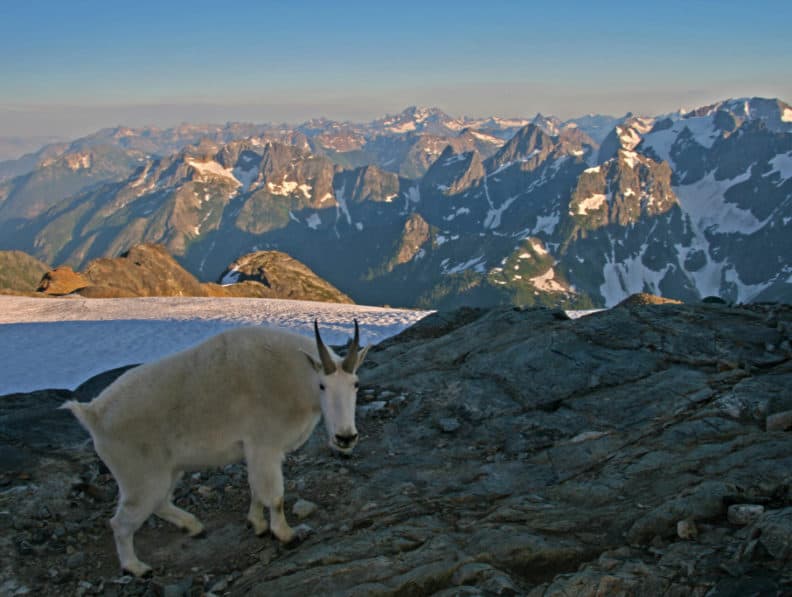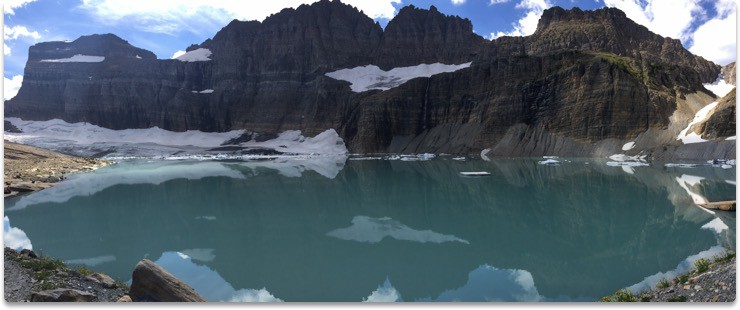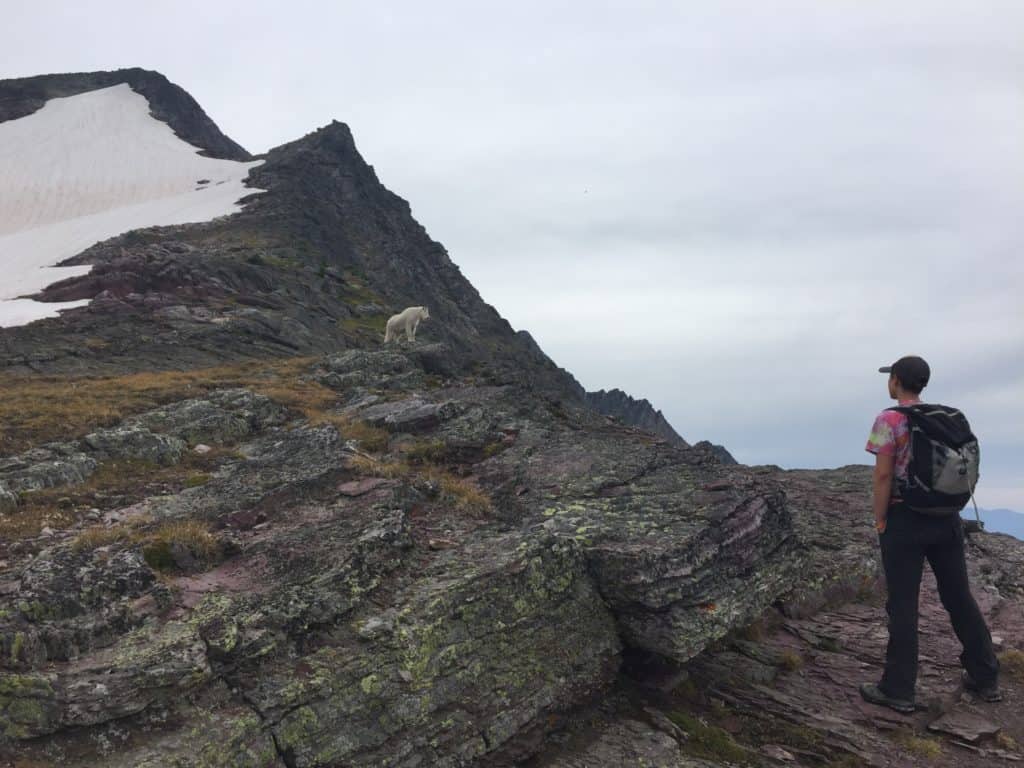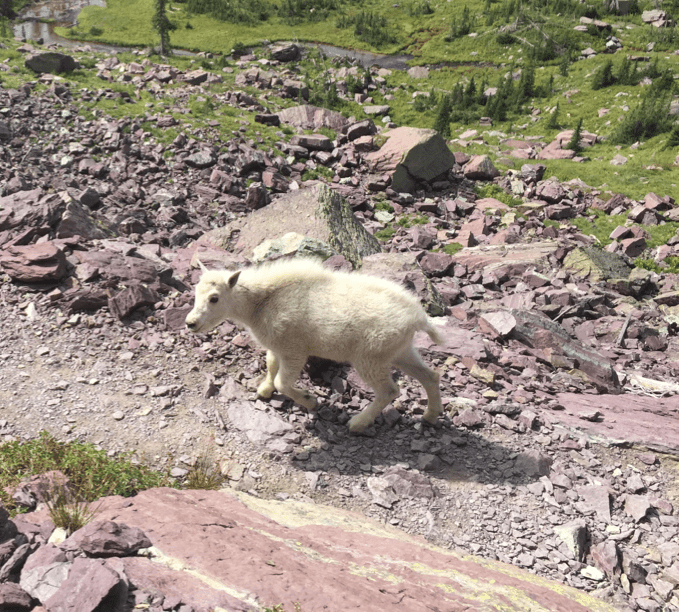
Life in the Alpine: Adaptations in a Vertical World
This Naturalist Note is written by graduate student Charlee Corra, as part of the Fall Natural History Project In North Cascades Institute’s M.Ed. Residency coursework. You can view more students’ work here.
If you have ever spent time at high elevation in the mountains, you may have noticed the freezing temperatures making your nose and fingertips go numb, or a wind so powerful you felt like it was going to knock you over. Maybe you forgot your sunscreen and quickly realized your skin was turning a bright lobster red. We humans have been venturing into the high alpine since time immemorial and have found ways to cope temporarily with these extreme conditions. However, even with today’s high-tech gear, our time up at high elevation tends to be short-lived—life for us in that vertical world would be unsustainable.

In this high realm of extremes, only the hardiest and most innovative of nature’s creations dare to inhabit. Some life forms are clearly visible—grass, shrub-like vegetation, several bird species, mammals. Others are nearly imperceptible except by careful observation, including plants that rise off the ground no more than one inch! Regardless of their shape or size, any organism on this planet that calls the high alpine zone home must come equipped to confront the steep challenges that this vertical unpredictable world brings.
Along with my research, I did a lot of personal reflection and found a quote by naturalist and writer Dana Visalli that really spoke to me:
When we observe the world around us, we escape briefly from the flow of incessant thinking that keeps us trapped in a lesser world of our own manufacture. Observing the pattern of life and death on the mountain may be a small step toward thinking like a mountain”
~ Dana Visalli, The Methow Naturalist, 2017

I realized that besides my general fascination with each alpine species’ unique natural history, I have a very strong connection to the mountains. When all I can see around me are towering peaks of rock and ice, and the air is crisp and biting, and the wind chills me to the bone, nothing else matters outside of living each present moment. My awareness becomes heightened. All other thoughts fall away.
A close encounter last year with one of the high alpine’s most impressive residents greatly inspired this project. It resides only on the steepest of slopes. It climbs with more expertise than the most skilled mountaineers. Its fur is as white as snow. This large mammal is perfectly designed to face the challenges of this extreme environment, horns first.
Oreamnos americanus—American mountain goat:

From physiology to behavior, these creatures have unique adaptations that makes their existence in these high places seem effortless. They don’t just survive, they thrive. Internally and externally, a mountain goat needs to generate and retain as much heat as possible. Rapid heart and respiration rates and high body temperature allow quick chemical reactions. Anastomoses is a fancy term for a unique biological process that sends blood from arteries to veins, skipping the slow capillary system and keeping the core warm. Their rumen, or stomach, is a composting machine that churns up their grazed plant matter, reacts with symbiotic microbes, and releases thermal energy, heat! Additionally, mountain goats will eat any plant material they come across—generalist feeding habits are quite useful in an environment where plant matter is scarce. On the exterior, mountain goat fur has two layers: a dense, inner wool layer several inches thick, and an outer layer comprised of eight-inch long hollow hairs that circulate warm air.
Climbing is their most important adaptation because it allows them to inhabit steep precipices inhospitable to nearly all large predators and competitors. They have a thick neck with extensive shoulder and upper body musculature. Short stocky legs keep their center of gravity low. Specially designed two-toe hooves can spread apart quite far to create more balance and stability or tighten and grasp small ledges and rock features like pincers. Each hoof also has a leather-like traction pad on the bottom that grips onto tiny rock ledges effectively. Within hours of being born, a kid will already be up and attempting to climb rocks while its mother watches attentively, always standing on the downhill side.
The adaptations I describe only scrape the surface of an extensive list that these highly evolved, mountain climbers possess.
All information on Mountain Goats (Oreamnos americanus) was researched from A Beast the Color of Winter by Douglas Chadwick.

